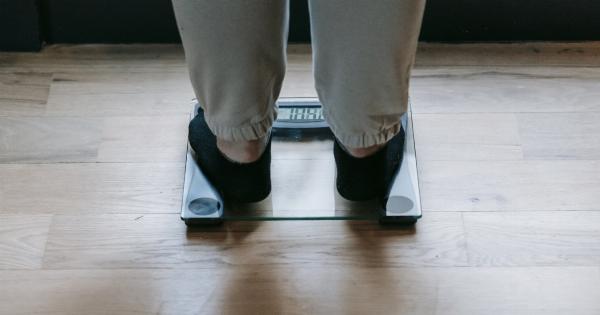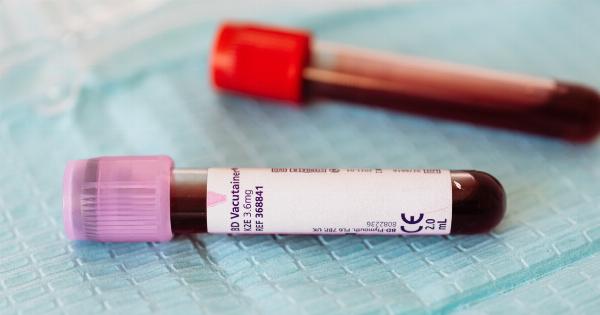According to a recent study, the risk of death after injury is dependent on a person’s blood type. This study claims that people with certain blood types have a higher risk of dying from injuries compared to others.
What is Blood type?
Blood type is a classification of blood based on the presence or absence of specific proteins on the surface of the red blood cells. There are four main blood types: A, B, AB, and O.
Each of these blood types can be Rh-positive or Rh-negative, depending on the presence or absence of a specific protein.
The Study
The study was conducted by the Tokyo Medical and Dental University Hospital and analyzed medical records of over 900 emergency patients who had been critically injured in car accidents or other traumatic events.
The researchers found that the death rates were significantly higher in patients with Blood Type A as compared to other blood types.
Blood Types and their Distribution
Blood types are not equally distributed among the population. According to the American Red Cross, approximately 45% of Caucasians, 51% of African-Americans, 57% of Hispanics, and 40% of Asians have Type O blood.
Type A is the second most common blood type and is found in approximately 40% of Caucasians, 27% of African Americans, 53% of Hispanics, and 30% of Asians. Type B is the third most common, found in 11% of Caucasians, 20% of African Americans, 4% of Asians, and 15% of Hispanics. Type AB is the rarest, found in around 4% of the population in Europe, but only 1% in other regions of the world.
Why Blood Type Affects Death Rate in Injured Patients?
The study found that patients with blood type A had higher levels of a blood clotting agent called von Willebrand factor (vWF), which causes blood to clot faster than usual.
This meant that patients with blood type A were more likely to develop blood clots, a condition known as deep vein thrombosis (DVT), which leads to the formation of clots in deep veins, typically in the legs, that can break off and lodge in the lungs or elsewhere.
The presence of vWF also contributes to the inflammatory response, which is crucial in the body’s immune response to injuries, but in excessive amounts can cause harm by continually constricting blood vessels and causing organ damage.
Treatment Options
Patients with blood type A should be closely monitored for the development of DVT and other clotting complications following an injury. This may include medication to prevent the formation of blood clots.
Conversely, patients with other blood types may not require the administration of such medications.
Conclusion
Blood type has been found to have a significant impact on the risk of death following a traumatic injury. Patients with blood type A are at higher risk of dying due to their tendency to develop blood clots and an inflammatory response.
Therefore, closer monitoring and appropriate treatment based on the patient’s blood type can significantly improve their chances of survival.





























